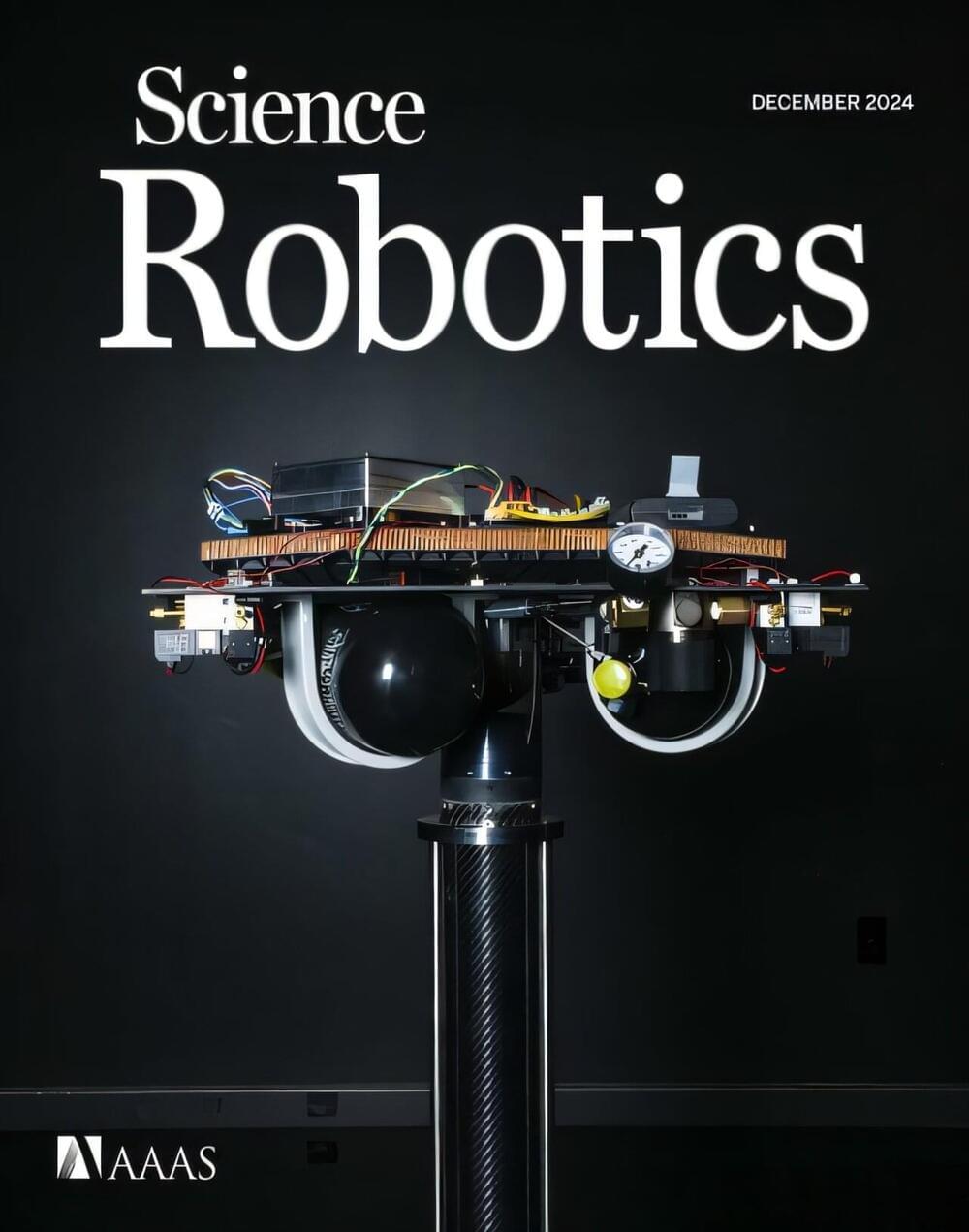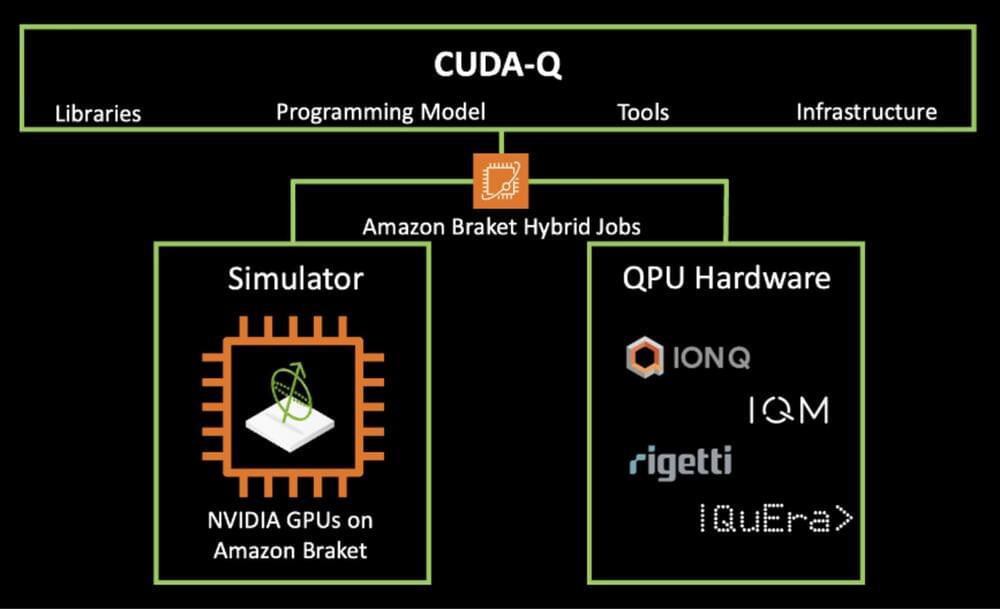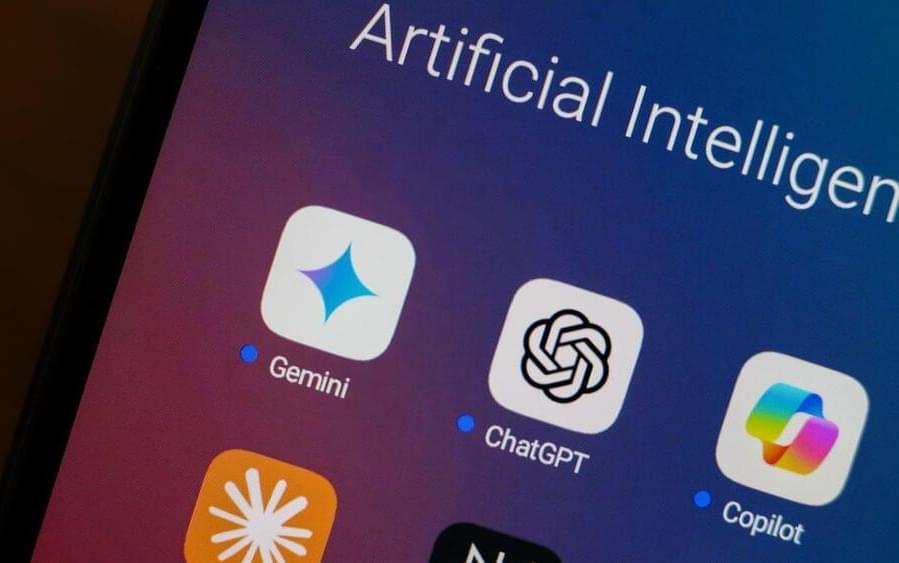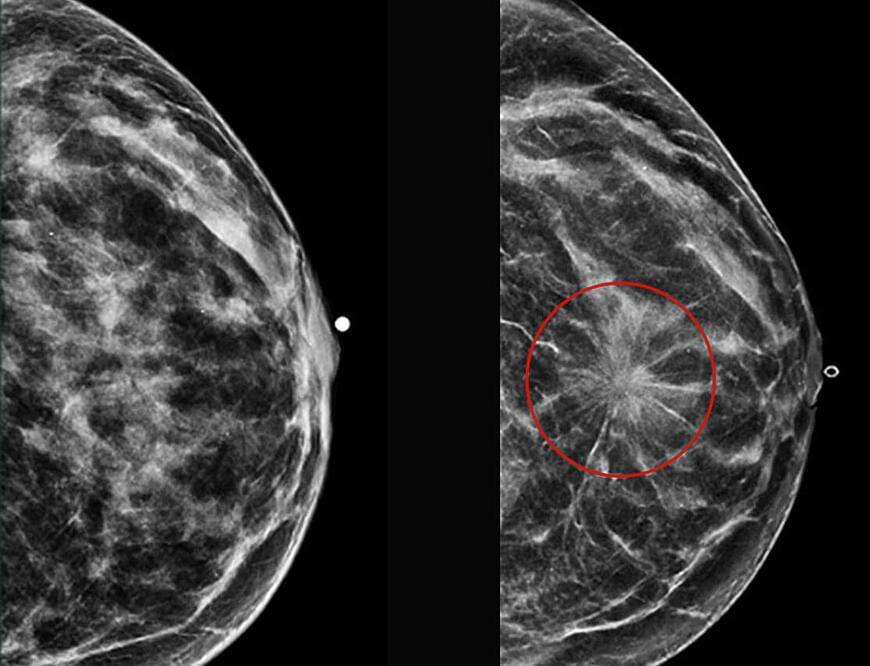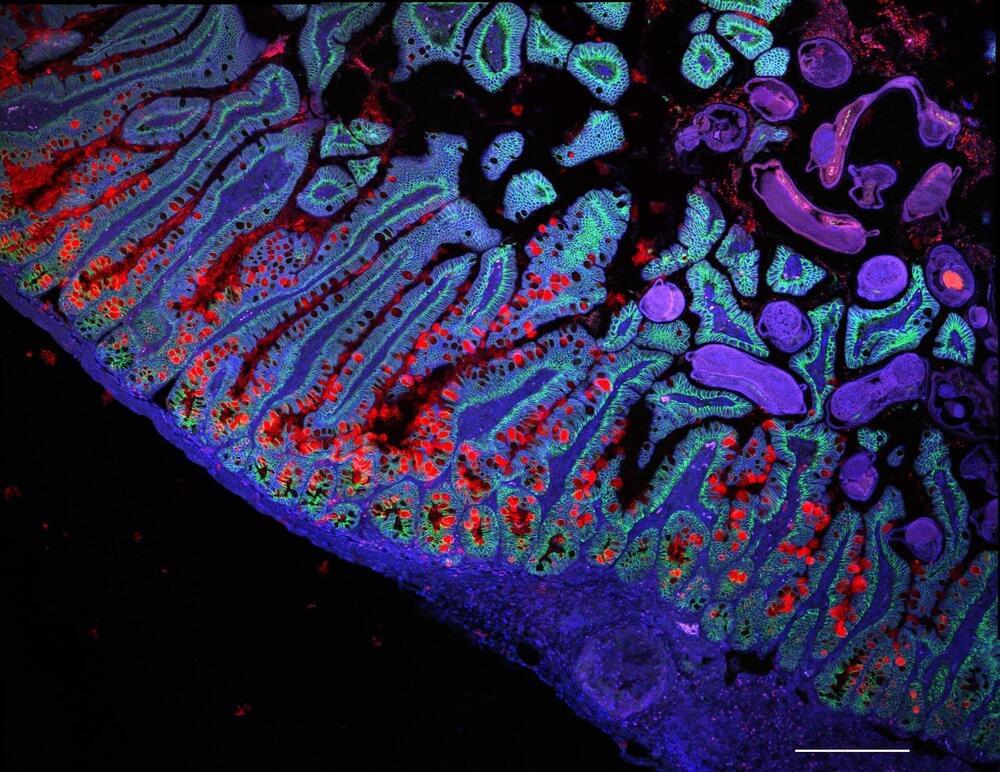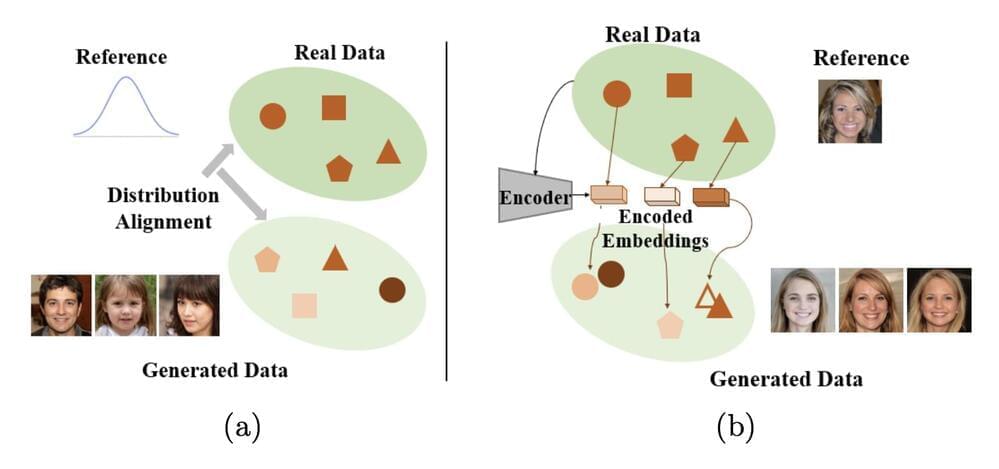Avalo, a crop development company based in North Carolina, is using machine learning models to accelerate the creation of new and resilient crop varieties.
The traditional way to select for favorable traits in crops is to identify individual plants that exhibit the trait – such as drought resistance – and use those plants to pollinate others, before planting those seeds in fields to see how they perform. But that process requires growing a plant through its entire life cycle to see the result, which can take many years.
Avalo uses an algorithm to identify the genetic basis of complex traits like drought, or pest resistance in hundreds of crop varieties. Plants are cross-pollinated in the conventional way, but the algorithm can predict the performance of a seed without needing to grow it – speeding up the process by as much as 70%, according to Avalo chief technology officer Mariano Alvarez.


